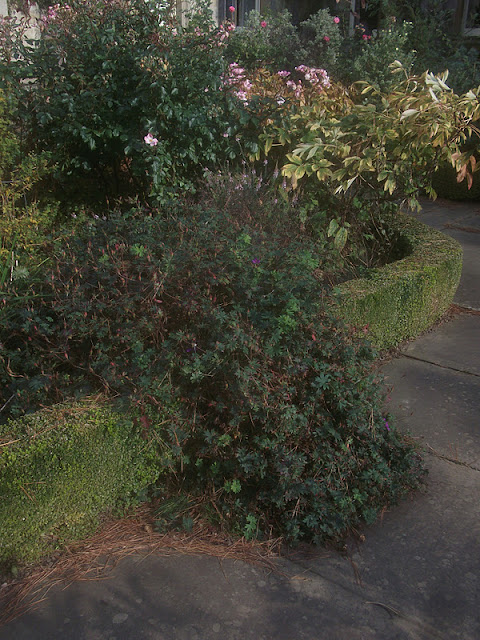
“There is a form of hypocrisy common to nearly all gardeners. It does not affect only the gentle amateur, but has been known to affect even the most hardened professional, who is not, generally speaking, a sentimental or squeamish man. It is the human weakness which, accompanying our determination to rid ourselves of slugs and snails, makes us reluctant next morning to contemplate the result of our overnight efforts.
Having enjoyed our own good breakfast, we come out to behold the slimy greenish remains. Big black slugs, four inches long; little black slugs, one inch long; snails exuding their entrails from under their beautiful delicate shells… Meta and sawdust have done their work only too well. In what agony, during the dark hours, have these miserable members of God’s creation perished?...
It is all very painful, unpleasant and even nauseating. What is to be done about it? We must abolish our frail brother with his tender horns, or else sacrifice our seedlings: we have the choice. The seedlings, I think, will win. We must kill their enemies, but, if we are humane in our hearts, we will commit this slaughter with the least distressing offence to our hypocritical selves.”
Vita Sackville-West, 1951.
 |
| Spare a thought too for Mr Toad, nestled in the hole. And not a motor car in sight! |







































